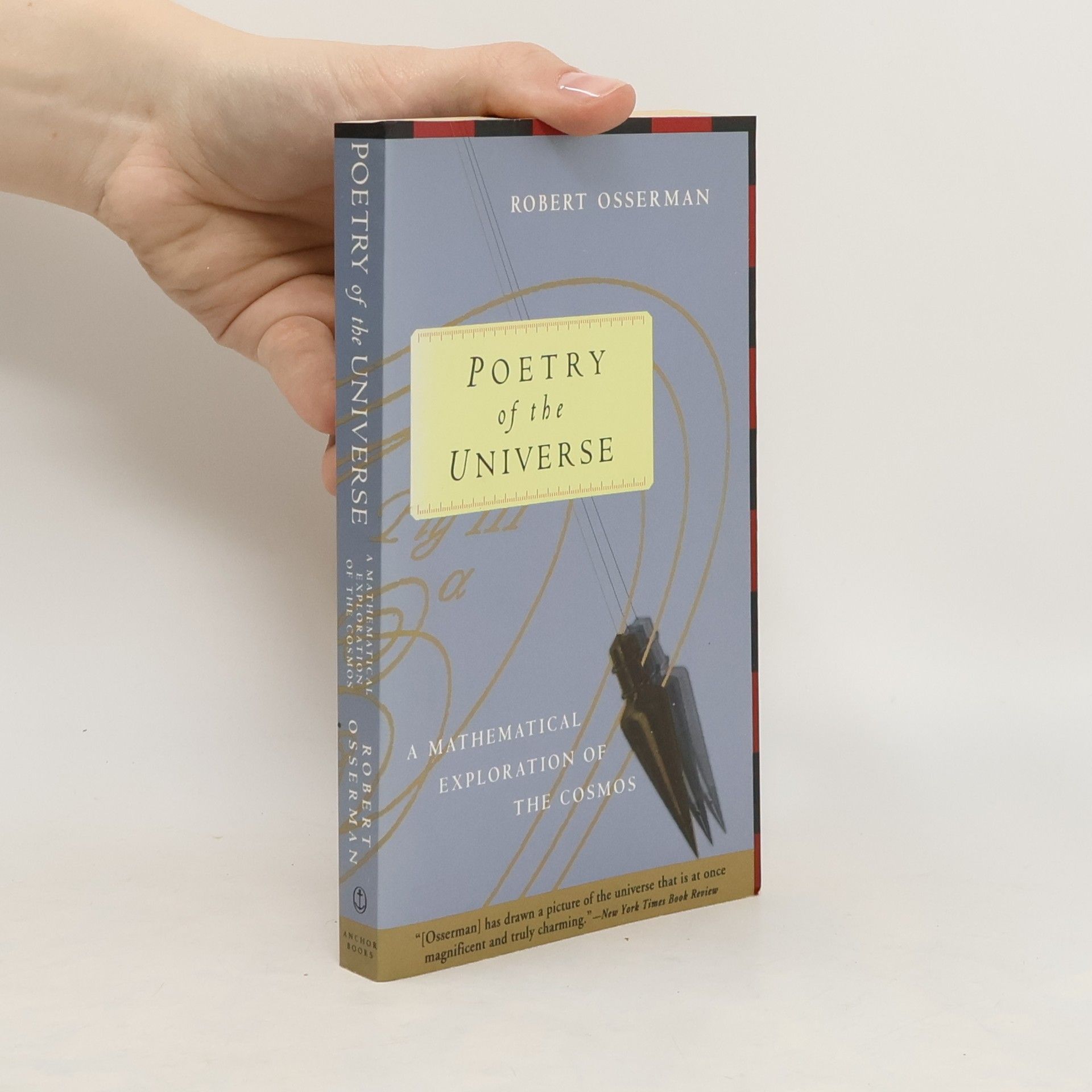Poetry of the Universe
- 224pages
- 8 heures de lecture
In the bestselling literary tradition of Lewis Thomas's Lives of a Cell and James Watson's The Double Helix , Poetry of the Universe is a delightful and compelling narrative charting the evolution of mathematical ideas that have helped to illuminate the nature of the observable universe. In a richly anecdotal fashion, the book explores the leaps of imagination and vision in mathematics that have helped pioneer our understanding of the world around us.
